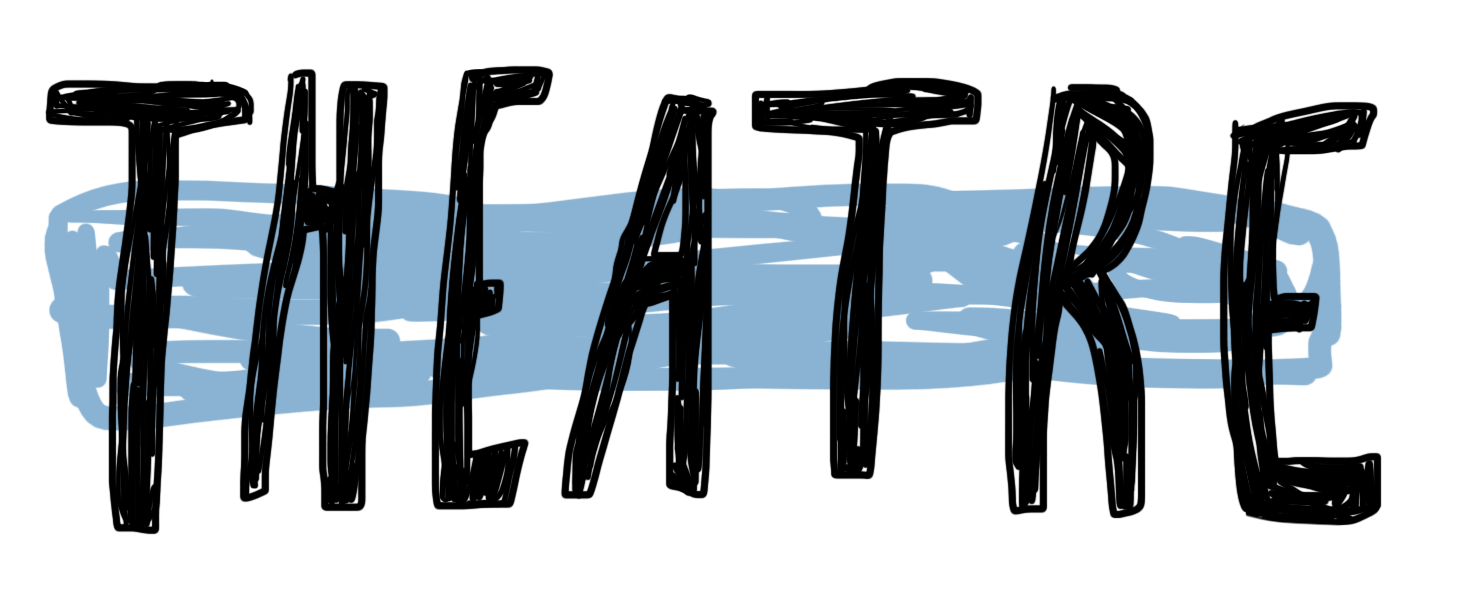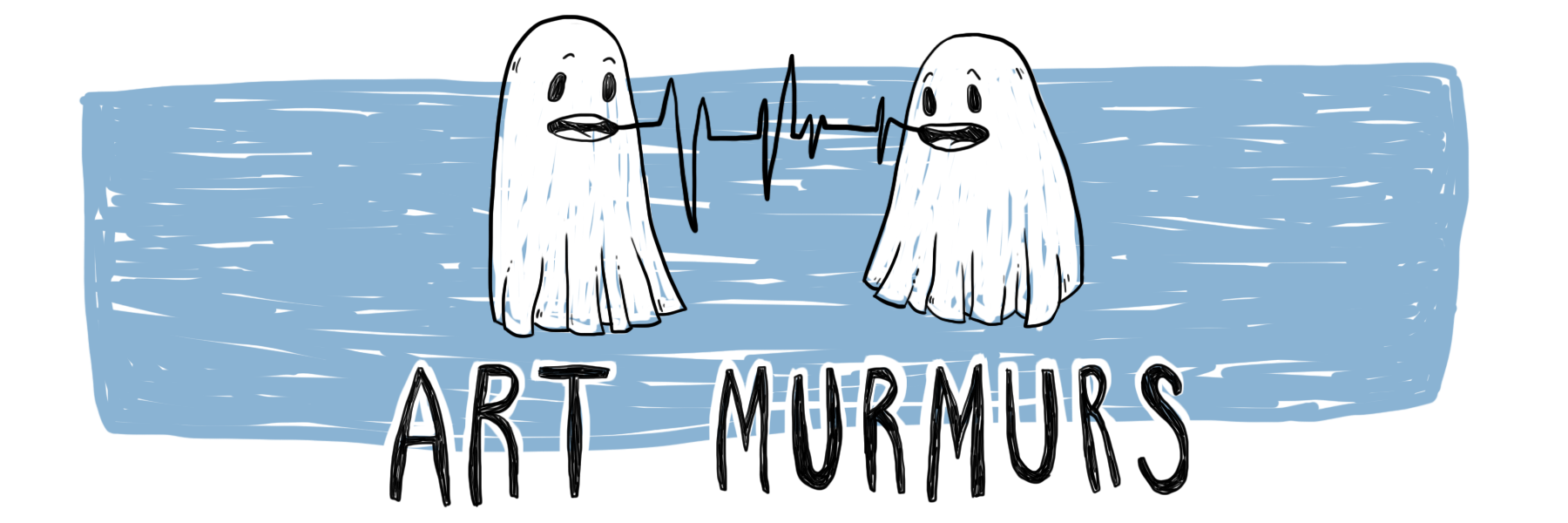Courtney Rose Brown
The propeller stage is used cleverly to allude to the house the brothers live in. The suicide door above the ground level, presents a slice of the second story and the stage is the lounge. Designed by Olivia Clarke-Edwards, the set is a blur of poverty and riches, placing us bang into the early eighties, with the inclusion of lots of plaid. Black rubbish bags line the corners of the stage, which is cluttered with cassette tapes and video tapes. The back of a TV faces the audience, it is on as we enter. Phillip (O’Donovan) sits in front of it with a makeshift fort - a mop holding up a blanket - as he reads and highlights words from a book.
There is a closet with fur coats and jackets, hats, and jewellery scattered. A frame wallpapered with a burnt and fraying design covers the back, with a window in the middle. Centre stage is a couch with too many plaid cushions and next to it is a bar, always stocked with the right amount of alcohol and a small amount of food. The colour palette is muted, focused mainly on browns, that develop into yellows and blues, which makes the red heeled shoe even more intriguing as it is attached to Phillip.
The lighting design (Rory Hammond) adds mystery, often when the window is lit outside, or to support a monologue within a scene (cool colours that focus on the person speaking). This adds to the idea of the script straying away from realism and more towards magical realism. The flickering of lamps aid transitions however, at times cues come in too fast, feeling jarring to the flow.
The sound design (Ryan Mead) compliments the lighting design, in providing slice of life sounds, as well as music that doesn’t exist in the world of the scene, but does in the world of the play, blurring the lines of realism with theatricality.
Treat’s (Paterson) outfits add another layer of humour as many times the response towards his costumes from the audience pauses the play with the amount of laughter. Designed by Victoria Gridley, the flare and peacocking of Treat’s wardrobe is flawless. Contrasted against the pale colours of Phillip’s wardrobe, Gridley emphasises visually the difference in personality and the yin and yang that Reid mentions in her director’s note. Harold (Kelly) dressed in a white and then beige suit, hinting at his business, but also showing that judgements can’t always be based upon appearance.
Orphans is outstanding. The polished material and dedication to the design is an exciting thing to see at BATS Theatre, as more plays are beginning to experiment (or have the funding to be able to do so) with beautiful design elements. The design team has worked well together to compliment each other but also the show.
The script is complex despite the simple narrative. The cast does well to flesh these characters out even further, bringing depth in emotions, rage, confusion, frustration, desire, that the audience clearly has longed to see on stage, as we follow the story-line thoroughly engaged.
Orphans generates a visceral response, generating real fear and love for the characters. The pacing and beats of every scene are hit and often the darkest scenes can have the audience roaring with laughter, and the lightest scenes, have undercurrents of suspicion of what will happen next.
Orphans is a show to definitely see this year, but you better get in quick because tickets are selling fast with the short season ending on the 3rd of September, showing at 6.30pm. To book tickets or to find out more information click here: < bats.co.nz >






